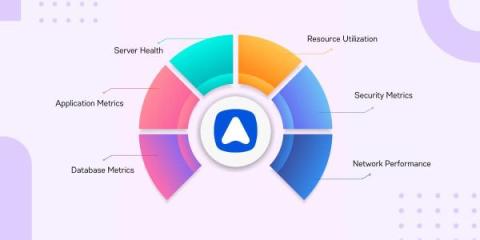What is MongoDB? Its Architecture and Monitoring
Ever wondered how popular websites manage millions of users and interactions without crashing? The answer lies in MongoDB, a NoSQL database, document-based model. This is particularly useful for applications like social media platforms, where users can have multiple posts, comments, and interactions. MongoDB is also highly scalable, able to handle large amounts of data and traffic by distributing the workload across multiple servers.











